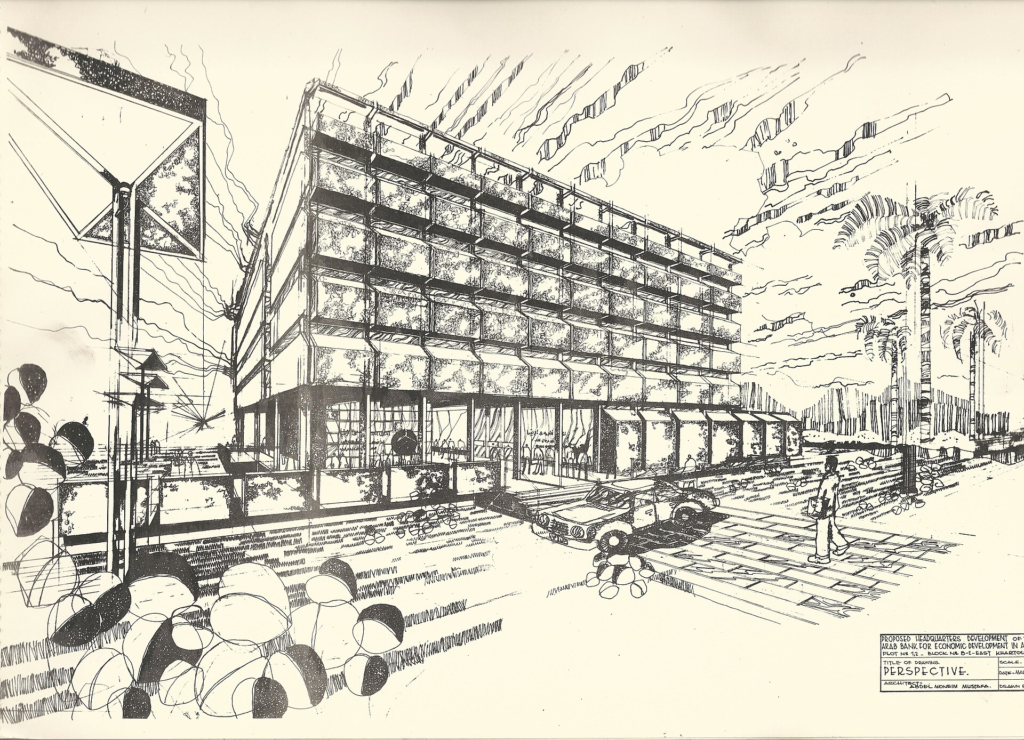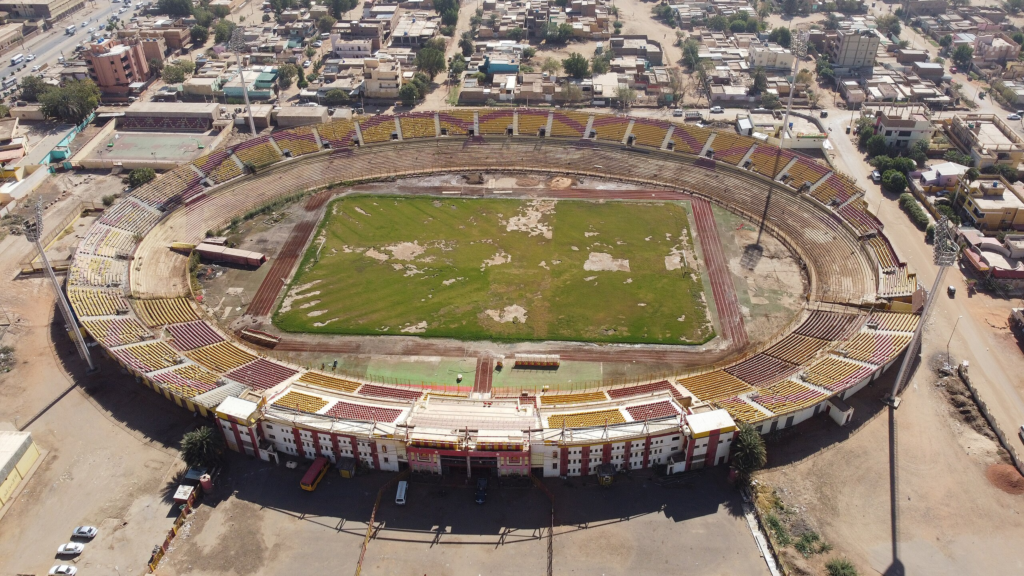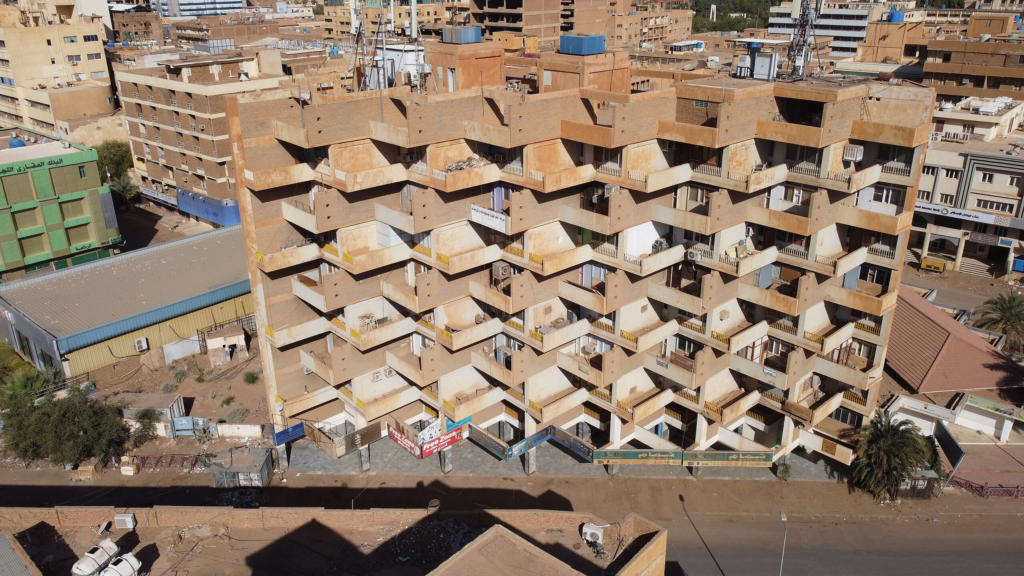Abdel Moneim Mustafa – A Pioneering Architect from Sudan

By: Ralph I. Hage / Arab America Contributing Writer
Abdel-Moneim Mustafa, born in 1930 in Omdurman, Sudan, is a prominent Sudanese architect renowned for his contributions to Modernist architecture in Sudan. With a career spanning over six decades, Mustafa is celebrated for his innovative and impactful architectural designs that have shaped the country’s urban landscape.
Mustafa began his academic journey in engineering at the University of Khartoum, where he later shifted to architecture through a fellowship at the University of Leicester in the UK. After completing his studies in 1958, he furthered his education with a master’s degree in Australia and a higher diploma in the Netherlands. His academic journey laid a solid foundation for his later work as an educator and practicing architect.
In 1964, Mustafa joined the University of Khartoum’s Department of Architecture, becoming its first Sudanese lecturer after the country’s independence in 1956. He played a pivotal role in shaping Sudanese architectural education, publishing several scientific papers that examined housing units, real estate trusts, and the impact of transportation on construction costs. Mustafa served as the department head from 1972 to 1974, contributing to the development of architectural thought in Sudan.
In parallel with his academic career, Mustafa worked in the Ministry of Public Works and founded his own architectural practice, Technocon, in 1963. His professional career saw him design various building types, including administrative, educational, industrial, recreational, and residential structures. He collaborated with prominent architects, including Peter Muller, further enhancing his architectural influence.
Mustafa’s designs reflect a blend of local traditions with contemporary styles. His architectural creations are marked by a deep understanding of African architecture and innovative design elements that set them apart. The 1960s, in particular, witnessed a surge in Sudan’s architectural development, a period in which Mustafa’s radical ideas played a significant role.
Notable Work

Some of his notable works include the Khartoum Villa, Al-Merrikh Stadium, Nifidi and Malik Mixed Use Developments, and the University of Khartoum’s Department of Biochemistry and Structures Laboratory. Other key projects include the El Turabi School, the El Ikhwa Building, and the Bank of Khartoum headquarters. Among his major works is the Arab Bank for Economic Development in Africa (BADEA) headquarters, completed in 1980, which remains a hallmark of his design philosophy.
Architectural Legacy

Mustafa’s legacy as an architect and educator continues to influence Sudanese architecture today. His designs not only reflect the evolution of Sudanese architectural thought but also embody the broader trends of mid-century Modernism in Africa. Through his career, he helped establish a distinct architectural identity for Sudan, blending international modernist ideas with local cultural contexts.
Ralph Hage is a Lebanese American architect who divides his time between Lebanon and the United States.
Want more articles like this? Sign up for our e-newsletter!
Check out our blog here!








